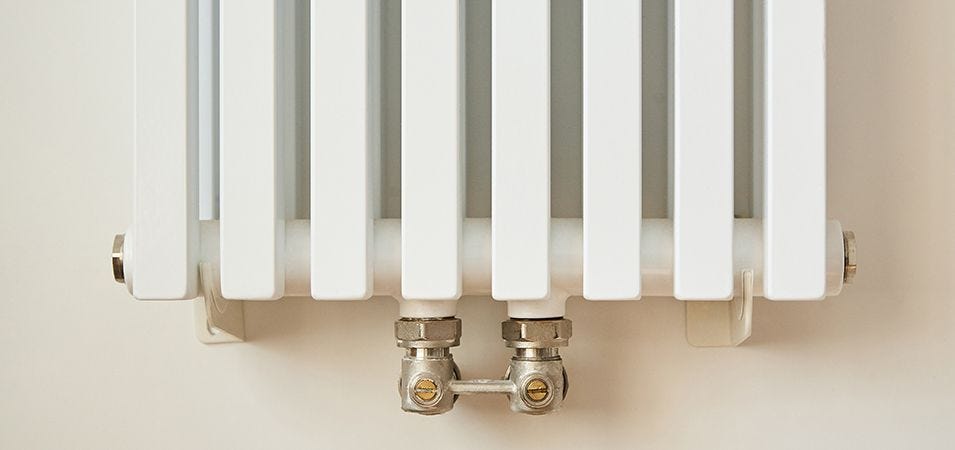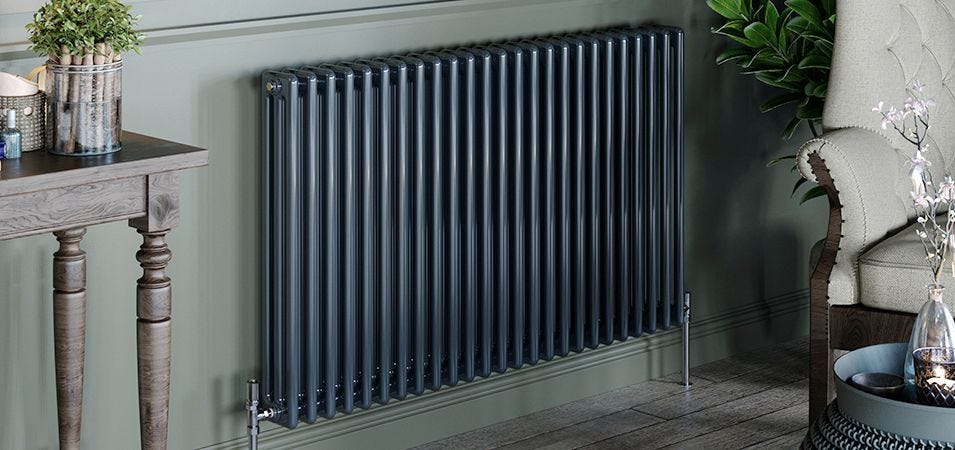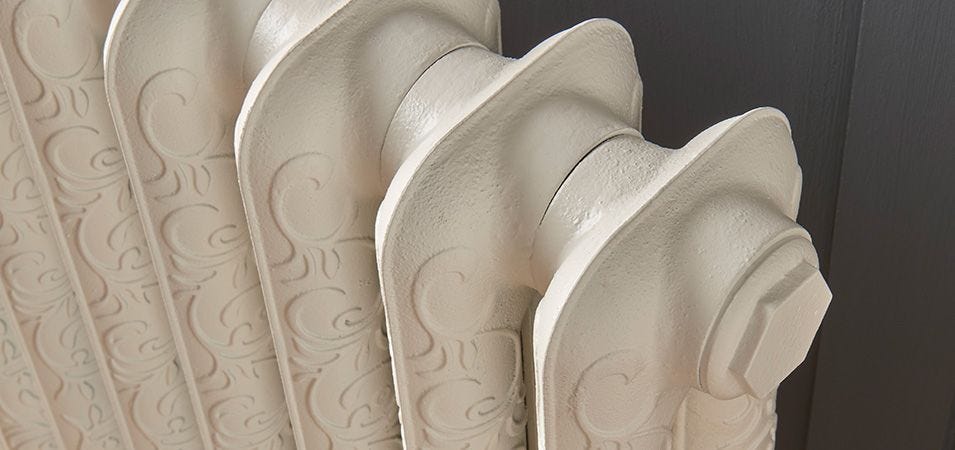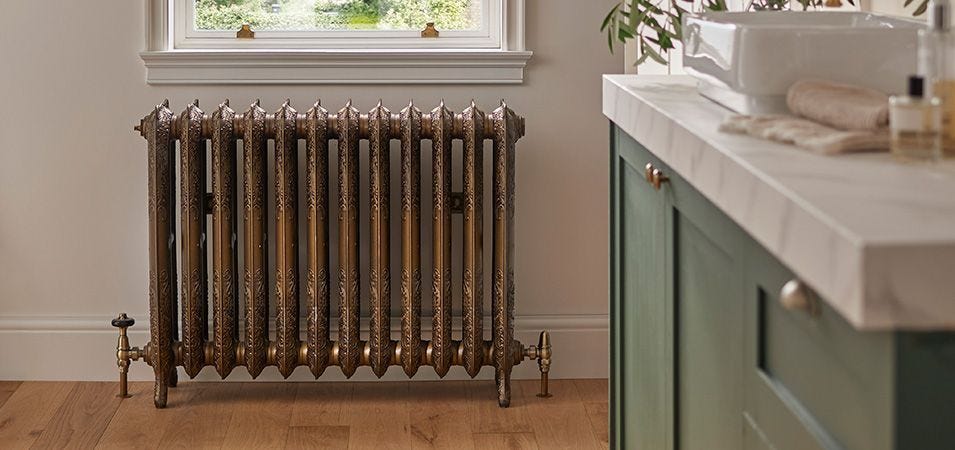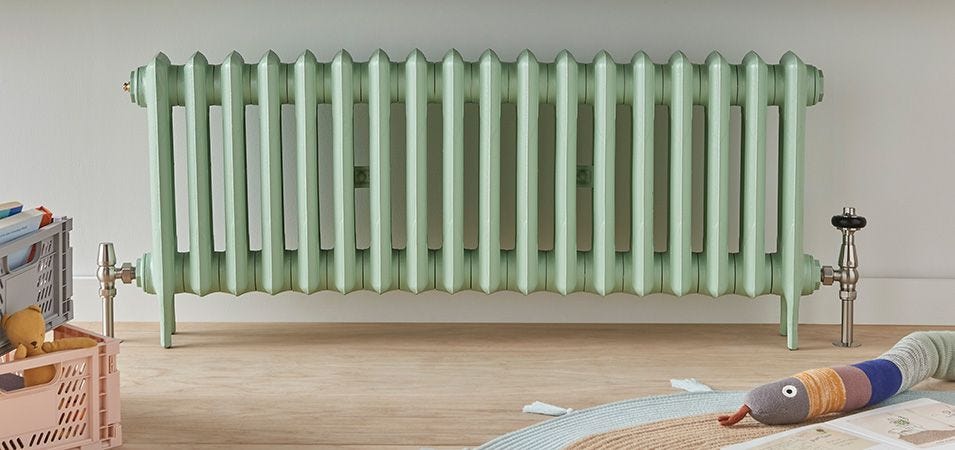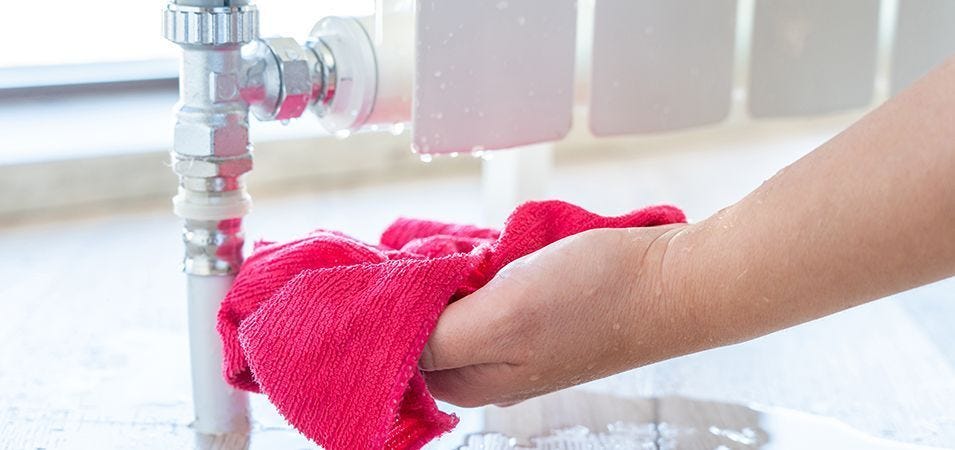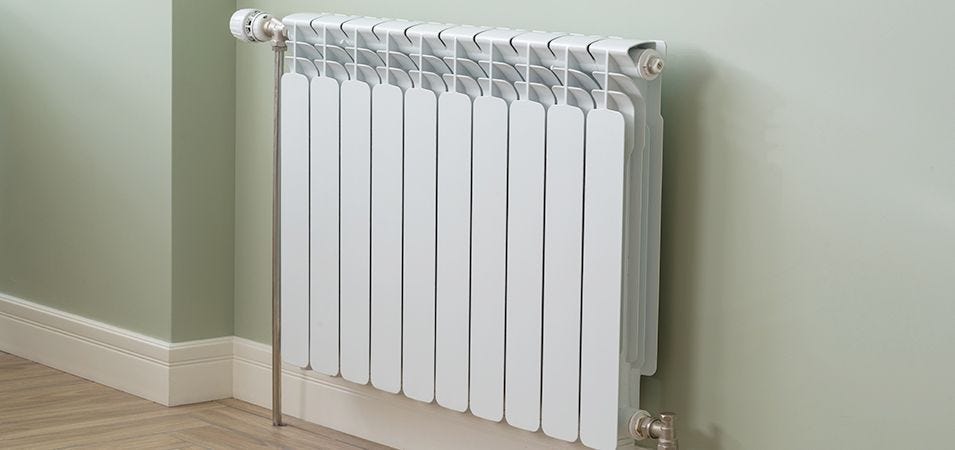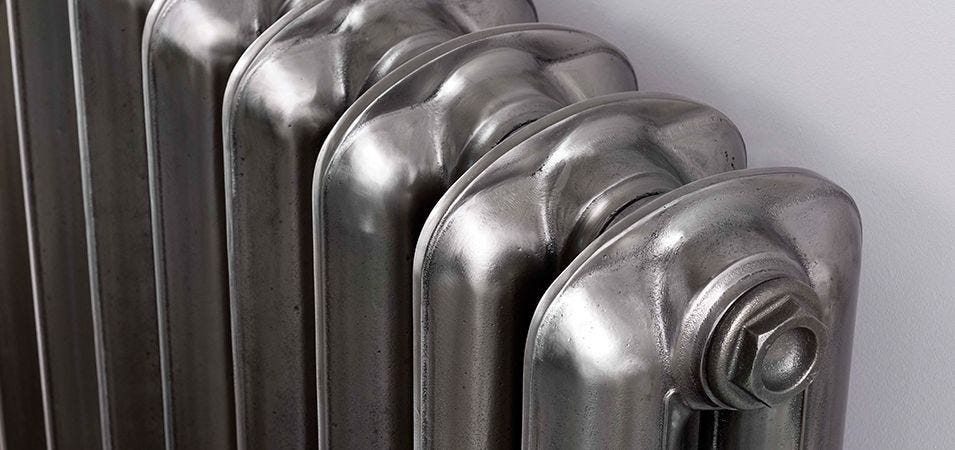A quick and easy guide to central heating inhibitor
If you've taken an extra interest in your central heating system recently, then you definitely need to know about the benefits of inhibitor. Keeping your central heating system well-maintained and running smoothly is incredibly important and ensures that your home gets warm when you need it most.
Central heating inhibitor is absolutely imperative to this process and we'll explain more below.
Table of Contents
- What is central heating inhibitor?
- What does central heating inhibitor do?
- What happens if you don't use inhibitor?
- How do I add chemical inhibitor to my central heating system?
- How much central heating inhibitor should I use?
- When should I add central heating inhibitor?
- Can I mix different brands of central heating inhibitor?
- Do I need a central heating inhibitor if I have a new boiler?
- Can I add too much inhibitor to my heating system?
- Can a central heating inhibitor fix an already contaminated system?
What is central heating inhibitor?
Central heating inhibitor is a chemical solution that is added into your central heating system.
Its purpose is to stop rust and internal corrosion from occurring inside your heating system, which could reduce performance and efficiency.
What does central heating inhibitor do?
Central heating inhibitor helps to stop internal corrosion from occurring inside the different components inside your heating system.
Without inhibitor, the water and metals inside your central heating system can react with one another causing rust and corrosion.
This corrosion is most often seen inside radiators, where tiny bits of rusty metal can break off and settle at the bottom of radiators. The resulting 'brown sludge' can cause your radiators to feel cold at the bottom and hot at the top.
As a consequence, your boiler and pump will have to work much harder to keep your home warm. This uses more energy which will result in higher heating bills. It also shortens the life of your boiler and can eventually lead to an expensive breakdown (normally at the coldest time of year).
Adding chemical inhibitor to your heating system greatly helps to reduce this internal rusting and sludge from building up.
What happens if you don't use inhibitor?
If you don't use any chemical inhibitor in your heatiing system, then the inside of your radiators will be prone to rust. Eventually this will lead to an accumulation of rusty fragments forming at the bottom of your radiators, stopping them from heating up and running efficiently.
The video below provides an excellent illustration of what happens to metal if it's submerged in diluted inhibitor compared to just water. The results are staggering and really helps to highlight why adding inhibitor to your heating system is so important.
How do I add chemical inhibitor to my central heating system?
Central heating inhibitor can be added to your system in a number of ways, depending on what type of boiler and heating system you have. It's not a difficult process and is definitely something you can do yourself with the benefits to your heating system being huge.
We have videos below with a professional plumber running through the 3 main ways you can add inhbitor into your heating system.
How to add inhbitor via a heated towel rail
The easiest way to put inhibitor into your heating system is by pouring it into a heated towel rail. If you've got a heated towel rail in a bathroom, kitchen or elsewhere in your home, watch the bleow video to see how simple the process is.
How to add inhbitor via a loft tank
If you don't have a heated towel rail, but you have a tank up in your loft, then adding inhibitor is also easy. The video below shows how you can go up into your loft and pour the inhibitor straight into the tank.
How to add inhbitor to a pressurised heating system
If you have a combi boiler powering your heating system, then you have what is known as a 'pressurised heating system'. Your boiler will have a pressure gauge on the front that should have a reading of 1 - 1.5 bars. Adding a chemical inhibitor to a radiator on pressurised heating system is a more complex process than via a towel rail or loft tank. Therefore, it's important to view our video below so that you understand the process and can make the decision whether or not you want to tackle it yourself.
How long does central inhibitor last?
The longevity of a central heating inhibitor can depend on the product and the existing condition of the heating system. Some inhibitors will provide protection for several years, while others may require more frequent reapplication. Always refer to the manufacturer's instructions if adding it yourself.
It's recommended that your boiler and heating system are checked by a professional Gas Safe Registered heating engineer every 12 months to ensure everything is safe and running smoothly. Checking and/or adding chemical inhibitor to your heating system is usually one of the maintenance tasks the heating engineer will perform.
If you've moved into a new house or you can't remember when inhibitor was last added, get round a professional to check over your whole system and do it for you.
If your heating system is drained for any reason in between maintenance checks, inhibitor should also be added again.
How much central heating inhibitor should I use?
For a heating system of up to 10 radiators, you can add a 1 litre bottle of inhibitor. For over 10 radiators, break into another bottle and use an appropriate amount extra.
It's best that you don't mix brands of chemical inhibitor, so it's good to drain your system before adding some. If you're unsure then call a heating engineer to do it for you.
When should I add central heating inhibitor?
For an existing central heating system, inhibitor can be added during the routine annual maintenance that should be performed on heating systems. It should also be added after a system has been flushed. If the heating system is brand new then inhibitor should b added as part of the initial filling process.
Can I mix different brands of central heating inhibitor?
It's best to use the same brand and type of inhibitor in your central heating system. Mixing inhibitors may reduce the effectiveness and longevity and could even lead to unpredictable reactions within your heating system.
Do I need a central heating inhibitor if I have a new boiler?
Yes, adding inhibitor is a must, even with a new boiler. The entire heating system, particularly radiators and pipework, need to be protected from corrosion and the buildup of rusty sludge. Adding inhibitor will help to improve the longevity of your boiler, radiator and other components of your heating system.
Can I add too much inhibitor to my heating system?
It's advisable to always follow the manufacturer's instructuctions when adding inhibitor into your heating system. Adding more inhibitor than necessary is not normally beneficial and won't offer additional protection. Too much inhibitor could even cause issues and rduce the effectiveness of its corrosion protection. It's best to always read the guidlines and usage instructions to ensure you add the correct amount.
Can a central heating inhibitor fix an already contaminated system?
Central heating inhibitor is designed to prevent internal corrosion and stop sludge from building up. If your system already has a lot of rusty corrsion and sludge accumulation, inhibitor will only stop things from getting worse, it won;t clear the problem. If you've got severe sludge and corrosion problems, you may need to get a profesional to carry out a system flush before the inhibitor is added.
- For all our products that will help keep your central heating system clean, please view our page on Heating System Care Products.

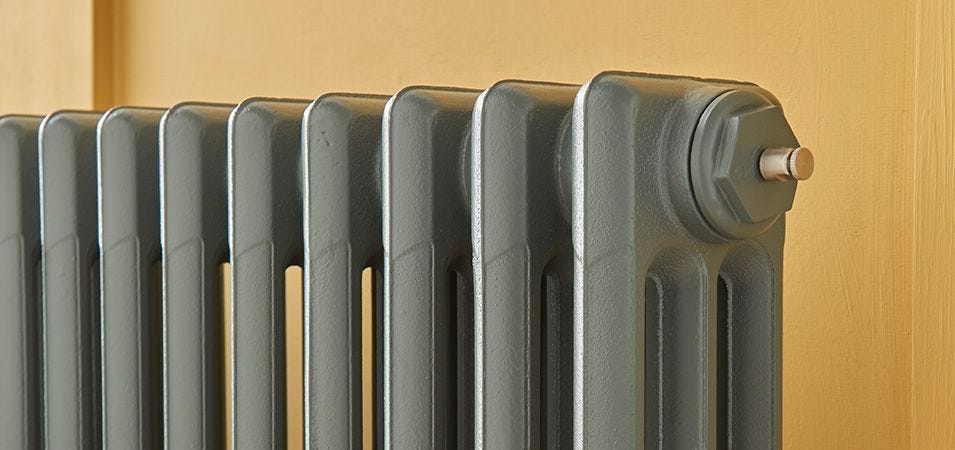









.jpg?optimize=low&bg-color=255,255,255&fit=bounds&height=300&width=240&canvas=240:300)






